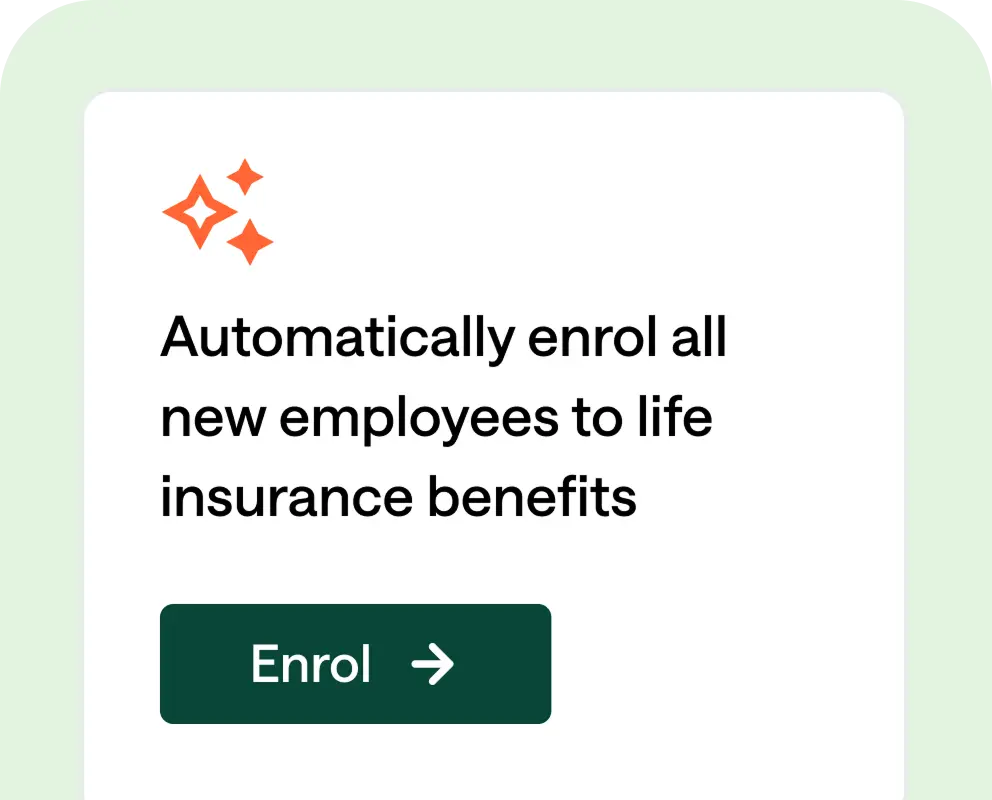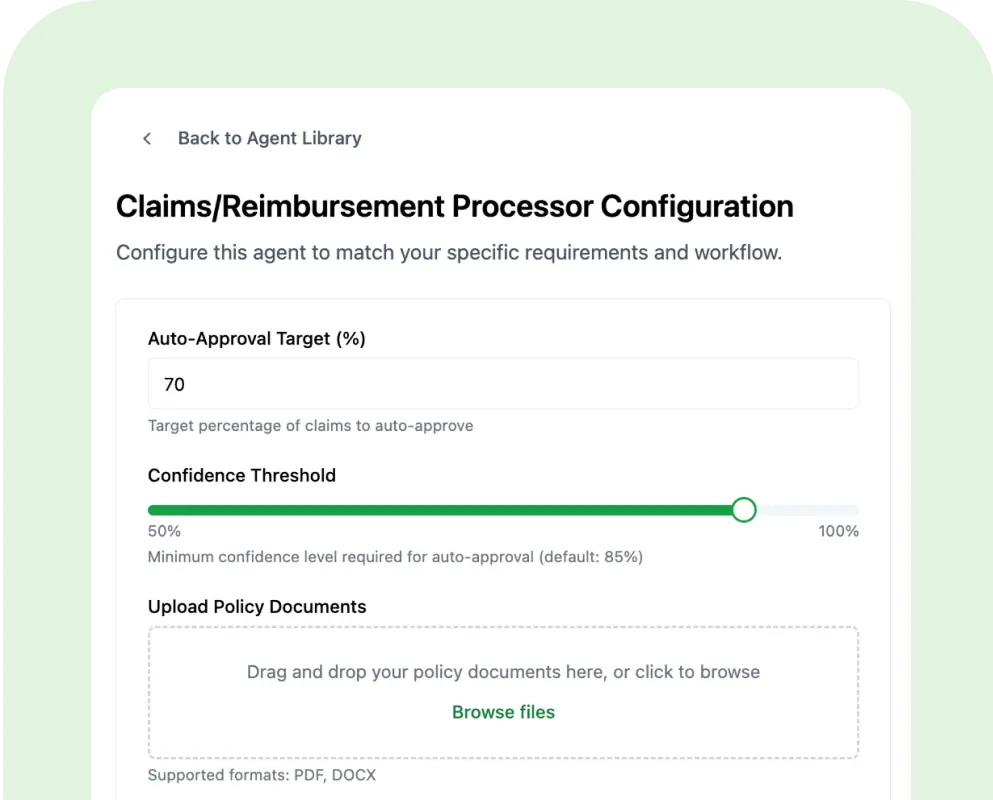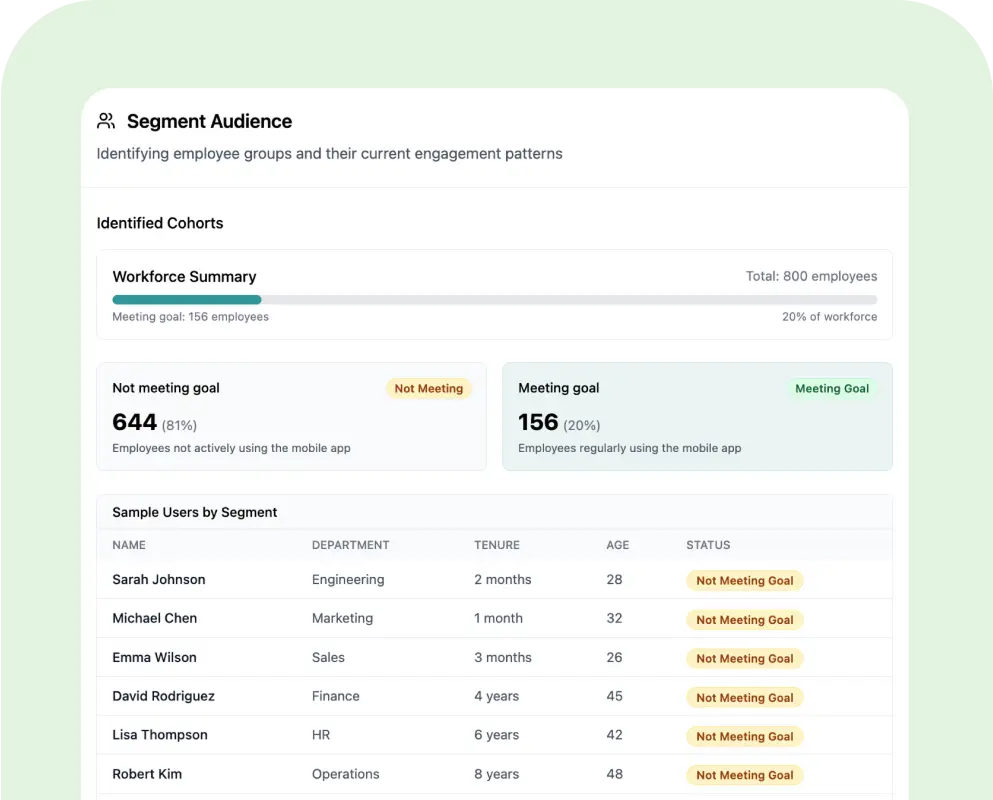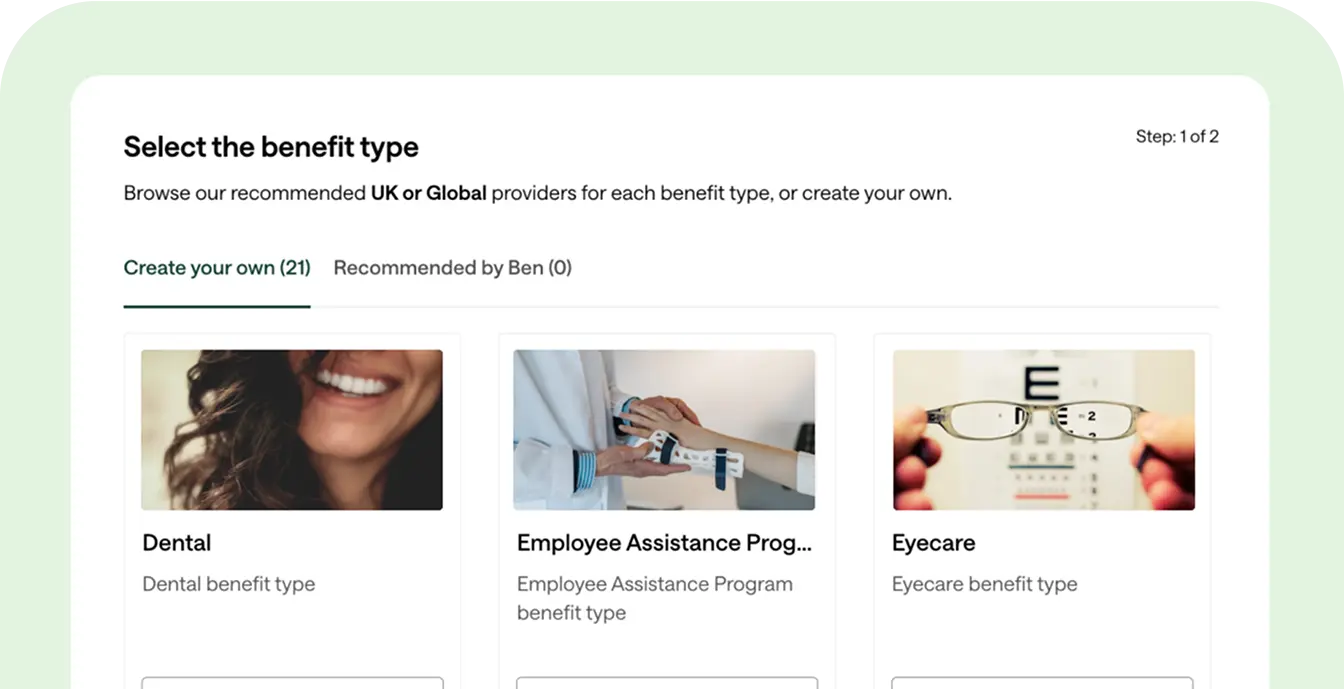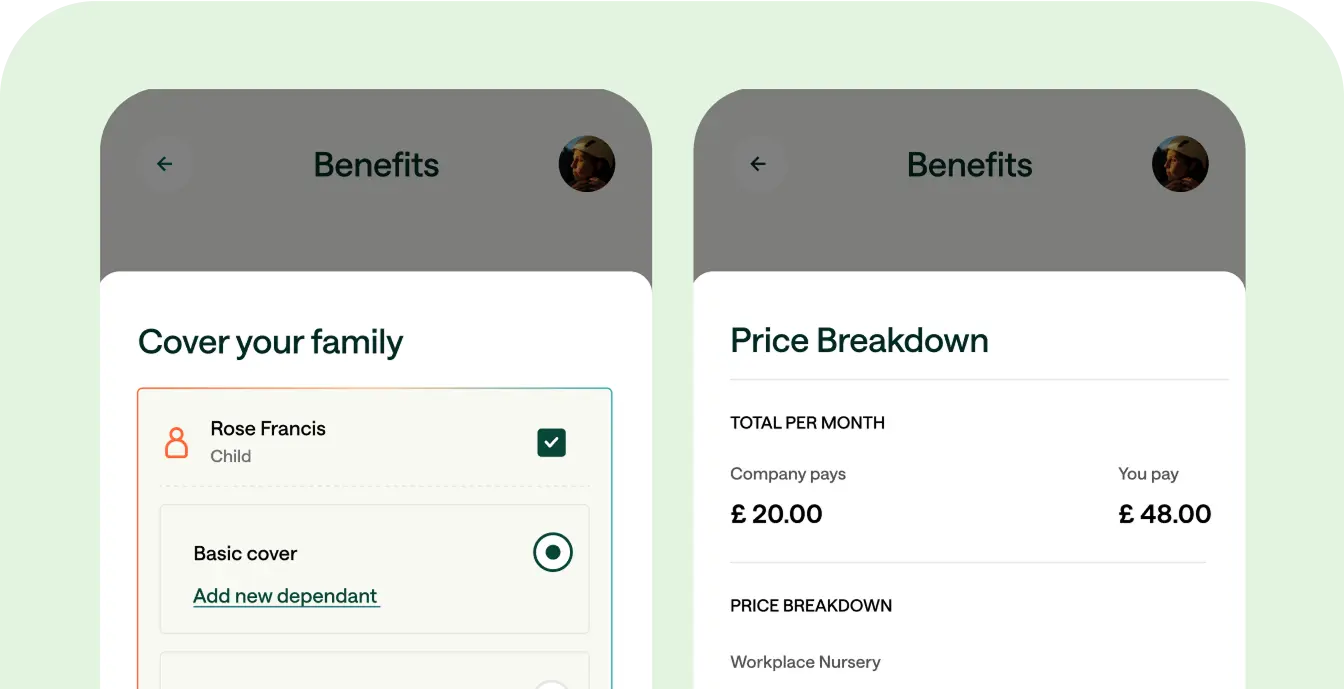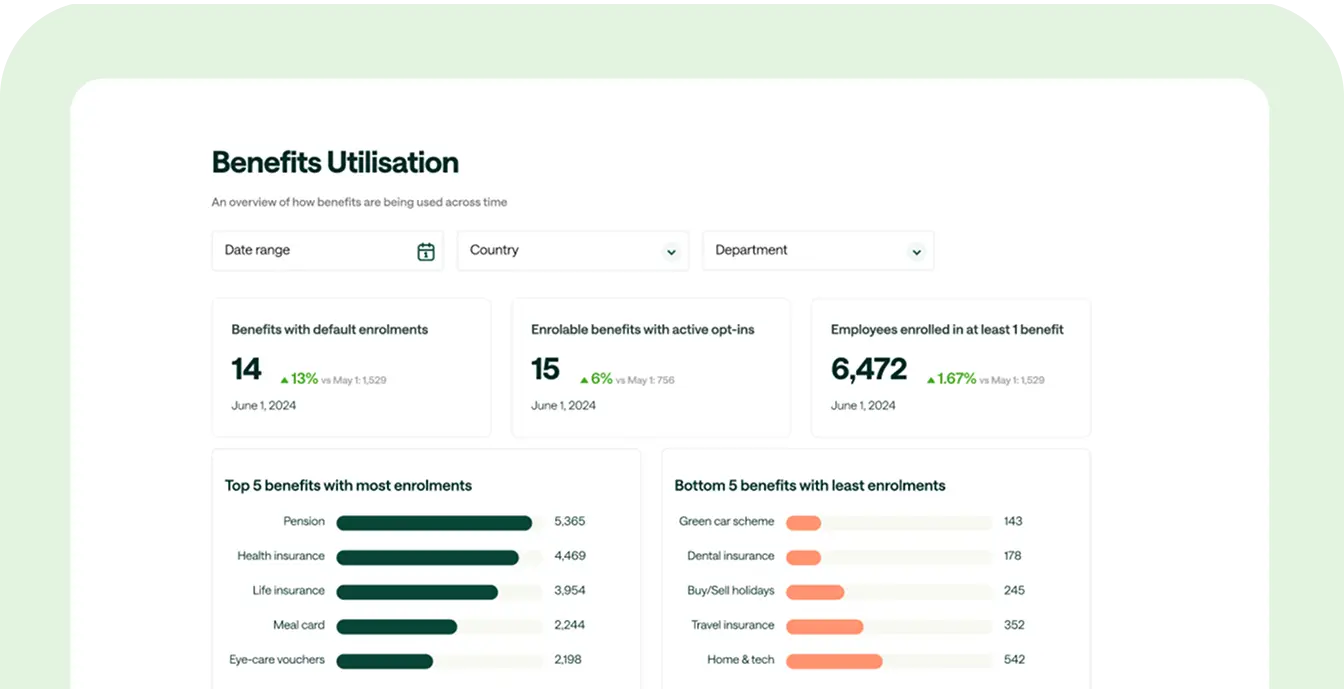
AI is changing benefits. Here’s what that means for global Reward leaders.
If you run Rewards and Benefits in a large, distributed organisation, AI is already on your radar. Maybe you’ve trialled a chatbot or used it to speed up translations. But turning isolated experiments into everyday impact is a different story.
You want to reduce admin, improve employee experience, stay compliant, control costs, and prove results. But you’re managing complexity across countries, payroll systems, brokers, and platforms that don’t always speak to each other.
That’s where AI can help. This guide cuts through the noise and shows how to fold AI into your benefits strategy in ways that are:
Secure — governance, human oversight, and privacy baked in

Measurable — metrics your CFO, CISO, and CHRO care about

Scalable & cost‑efficient — across regions, languages, and workforce types
We’ve built this for teams like yours: Global, fast-moving, resource-stretched, and ready to get started. No fluff. No jargon. Just the tools to make AI real in your rewards strategy.





